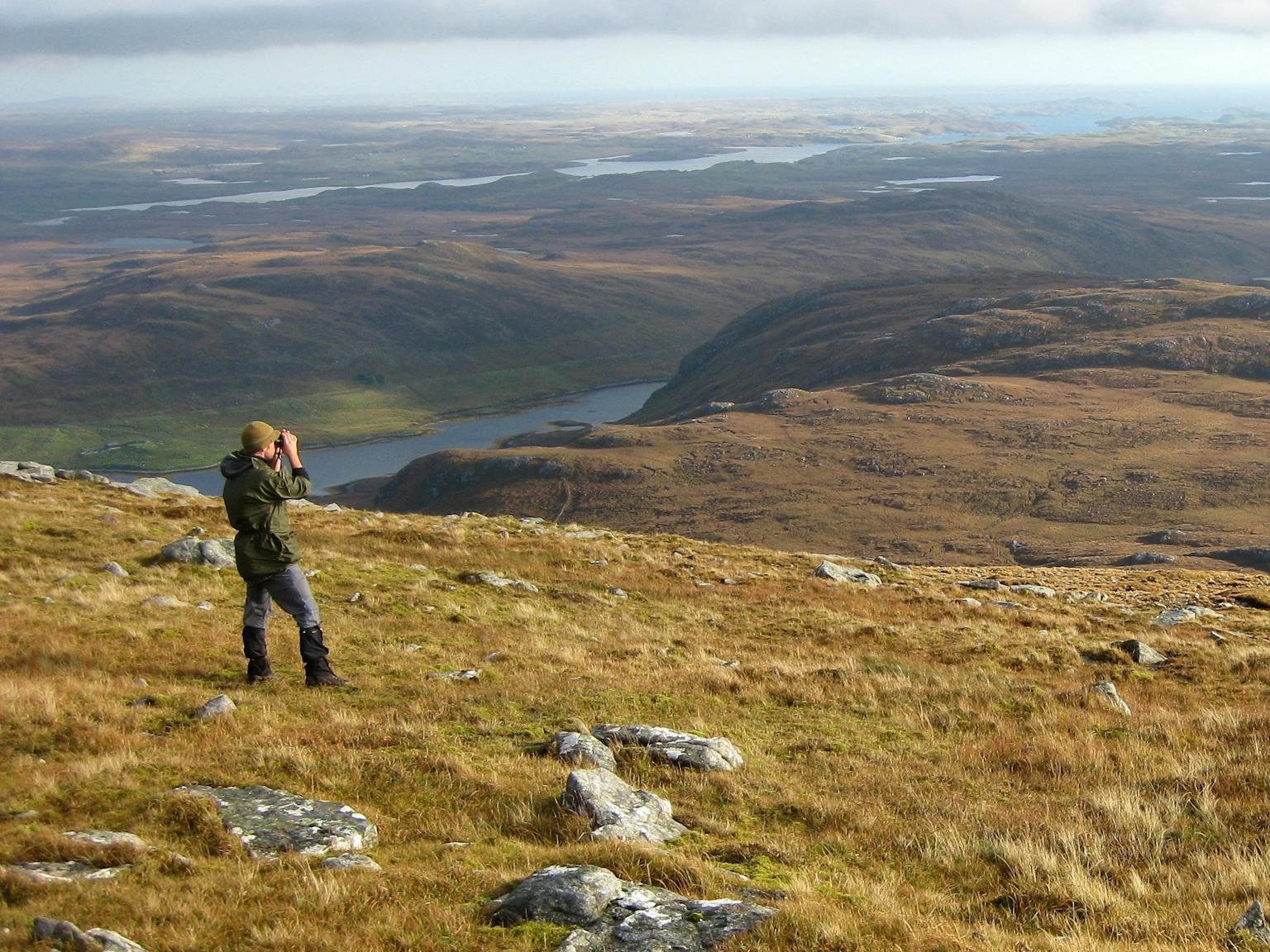
Understanding and assessing seascape character
There is now greater interest in the coastal and marine environment than ever before, reflecting appreciation of its current and potential economic, environmental and recreational importance. This includes demand for developments that harness the natural resources of the sea, such as offshore renewables, or those in support of economically important industries such as tourism and aquaculture.
Our coasts and seas are also valued parts of our heritage. A recent National Trust survey (Shifting Shores: playing our part at the coast, 2015) found that 94% of people agreed with the statement that ‘it’s important to me that Britain’s coast is kept beautiful for future generations to enjoy’.
Until recently, our coasts and seas have been some of the least understood parts of the UK’s environment, with a lack of good information about their character and multiple values. By contrast, tools such as Landscape Character Assessment have been in place for many years to help a range of audiences, from decision-makers to planning applicants, understand the terrestrial landscape and how to reflect its importance in development proposals and land management decisions.
The passing of statutory marine planning legislation in the last decade, including the Marine and Coastal Access Act 2009 for England and Wales, formalised the need to consider ‘seascape’. This legislative requirement further stimulated the production of Seascape Character Assessments across the UK.
What is Seascape Character Assessment?
Undertaking seascape character assessment at the strategic level
National – England
National – Wales
Trans-national (local scale): Dover Strait
Undertaking seascape character assessment at the project level
Seascape Character Assessment should also form a key part of the design and assessment processes at the project level, feeding into an analysis of environmental effects through the Environmental Impact Assessment (EIA) process. A project-level assessment explores the varying nature of the site’s coastline and sea and the potential visual impacts of the proposal on landscape and seascape. This information provides a baseline against which the effects of change can be judged.
LUC provides independent landscape and seascape advice to a range of decision-makers on projects located in coastal and offshore locations.
Writer biography
Sally Marshall (née Parker) BSc is an Associate Landscape & Seascape Planner at LUC, starting at the company as a graduate in 2003. Sally now leads all of LUC’s seascapes work, producing strategic scale studies for the all of the English marine planning regions (apart from the East), the national Seascape Assessment for Wales, and preparing local-scale seascape character assessments for Anglesey, the Dover Strait, North Devon & Exmoor and Plymouth, all of which include nationally protected sections of coastline. She was also involved in an independent review of the Atlantic Array offshore wind farm proposal on behalf of the National Trust and Pembrokeshire Coast National Park Authority. In addition, Sally has produced a wide range and number of landscape character, sensitivity and monitoring reports throughout her career, for protected landscapes and local authorities across England and Wales.









